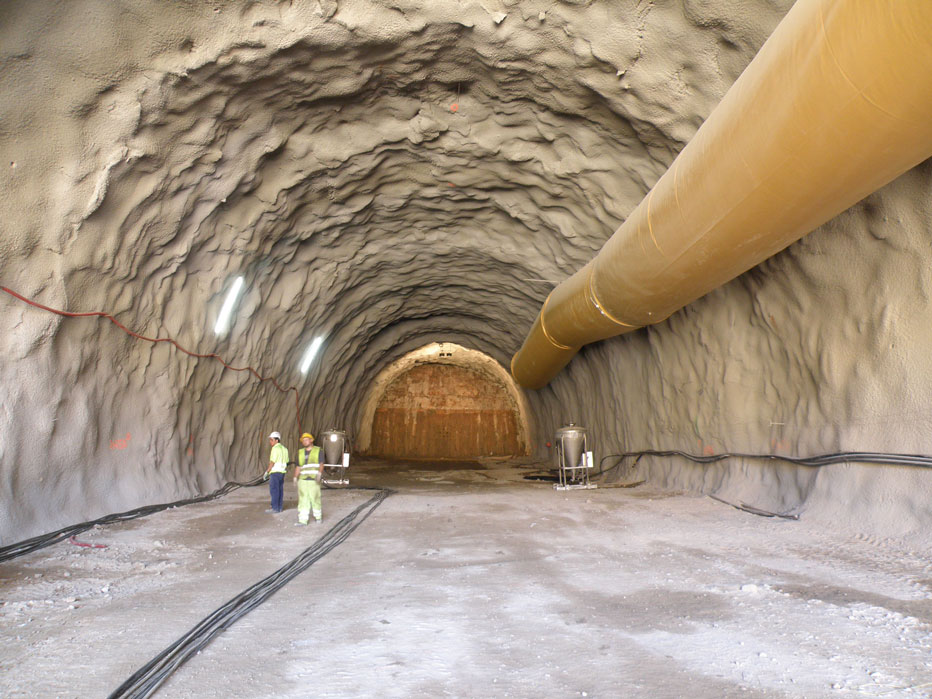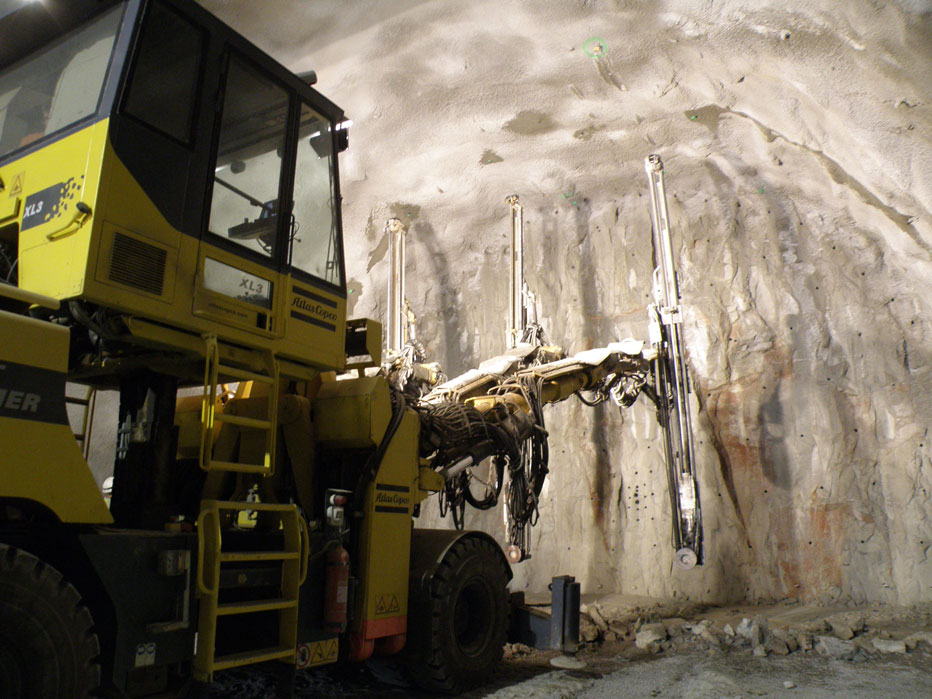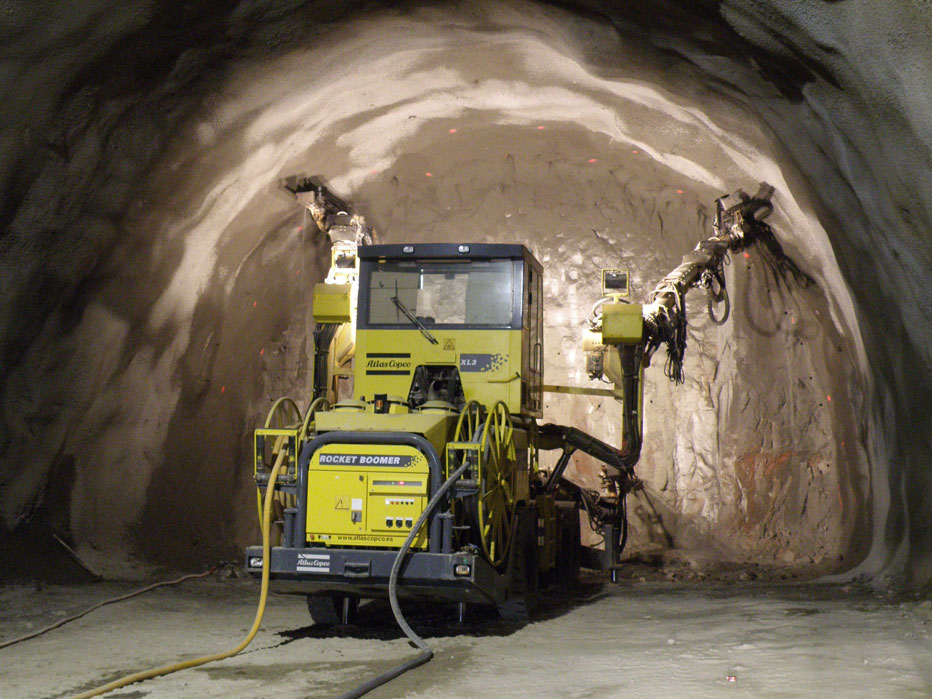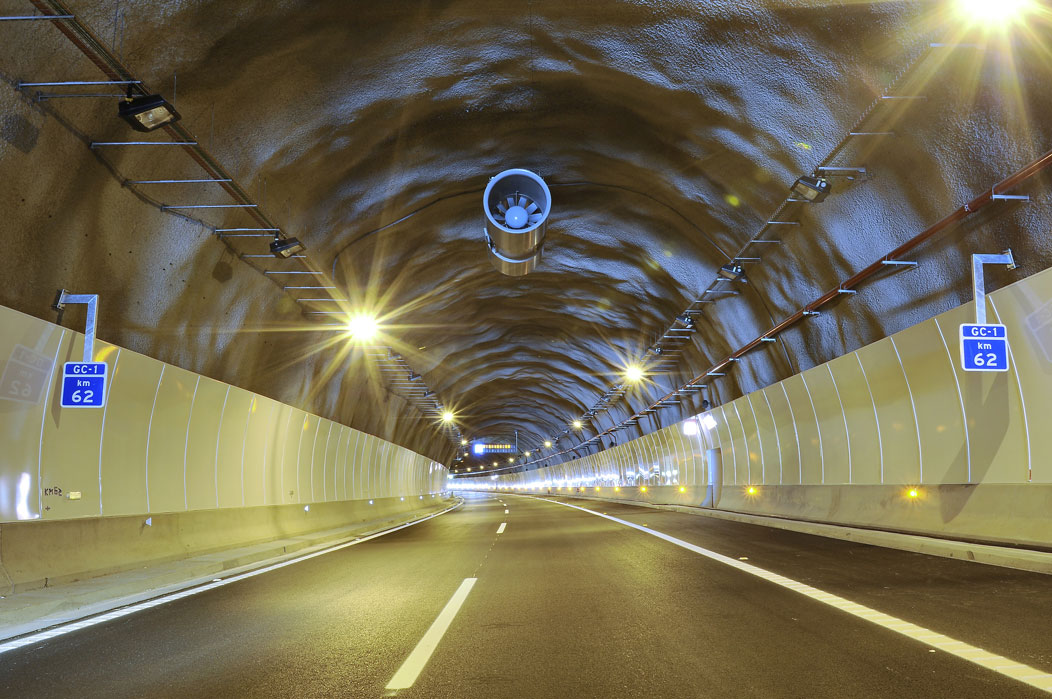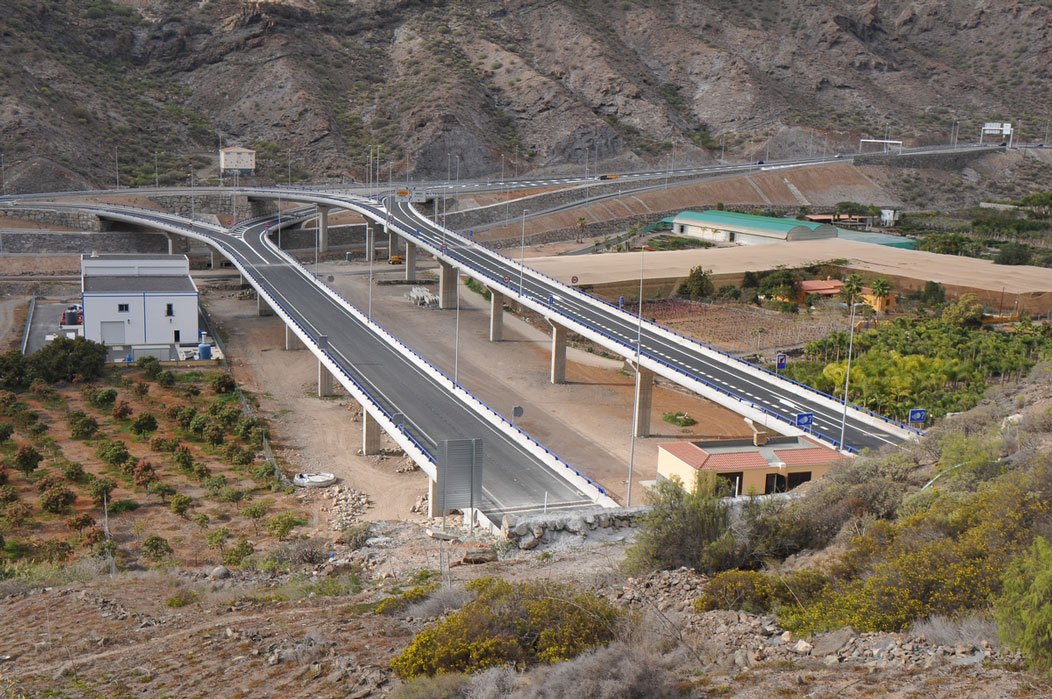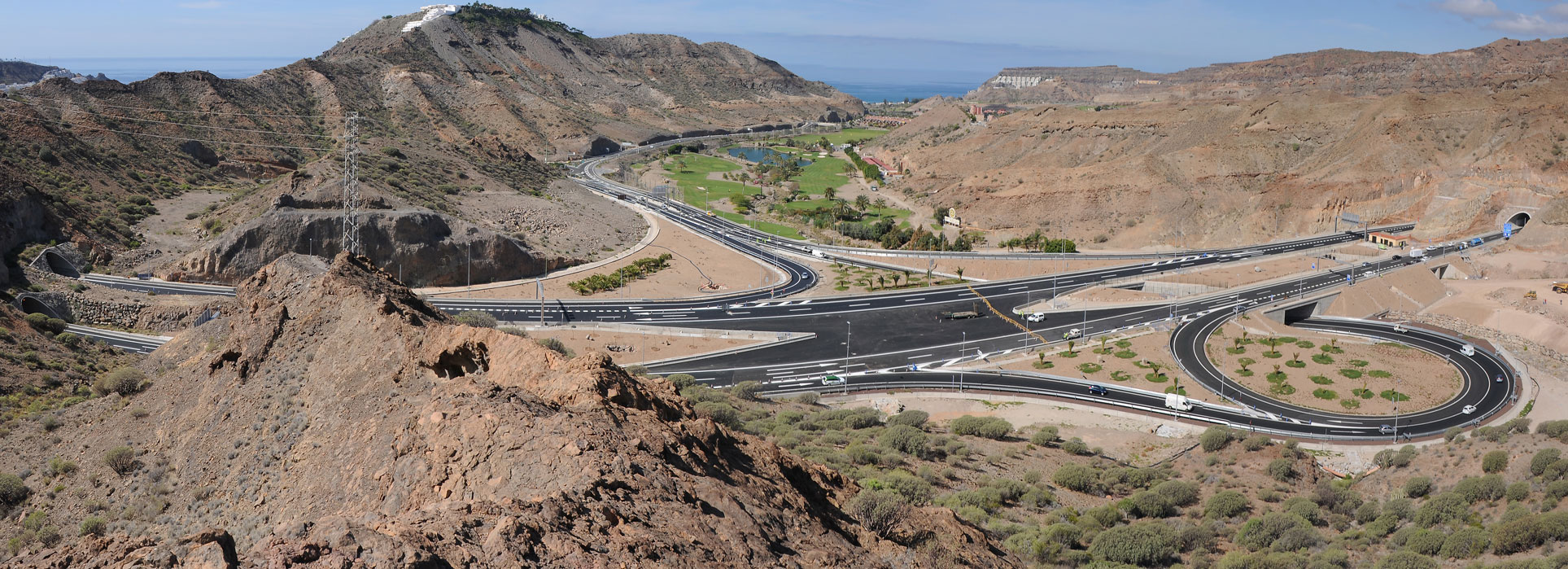The contract for CONSULTANCY WORK AND ASSISTANCE FOR THE SUPERVISION AND SURVEILLANCE OF THE ROADWORKS FOR THE “NEW GC-1 MOTORWAY. SECTION: PUERTO RICO – MOGÁN”, CODE: CV-01-GC-238 is awarded to SISTEMA, S.A. in temporary joint venture with GEOCONTROL, S.A. The contract was signed on November 14th, 2007. Work began on October 2, 2008, performed by the temporary joint venture formed by the companies FCC CONSTRUCCIÓN S.A – CORSÁN-CORVIÁM S.A – PETRECAN S.L., with a time limit of 53 months and with a budget of € 122,799,099.30.
This work is a section of Motorway, specifically the extension of the GC-1 by about 6.25 km. This infrastructure improves internal mobility on the island of Gran Canaria, giving easier accessibility between coastal settlements and tourist locations such as urbanisations and beaches. In turn, it avoids heavy traffic along the GC-500 road, of scant capacity, which runs along the coast through tourist zones and with considerable accidentability danger on the section linking Puerto Rico with Mogán, due to dangerous bends and the continuous possibility of rockfalls.
The section starts from the junction created with the previous phases, Arguineguín-Puerto Rico, with the El Lechugal Tunnel at kilometre point 61, where the extensions of the dual carriageway start until kilometre point 67 at the Mogán Ravine, ending in a complete junction connecting with the GC-200 highway.
The cross section of the motorway comprises two tracks with two lanes, each of 3.5 m, a right hand verge of 2.5 m and a left hand verge of 1 m.
The most significant elements of the work carried out are described below:
- Junctions
- Three junctions at different level are foreseen. The first one is in the El Lechugal ravine in the zone where the previous section of motorway ends, and is in trumpet shape, allowing all movements.
- The second in the Taurito ravine will also be a trumpet junction, and will only allow movement in the direction of Puerto Rico – Taurito and vice versa, given the narrowness of the ravine and the limited space between the entrances of the tunnels.
- Finally, the Mogán Junction, at the end of the section, will allow connection with Mogán and with Puerto across the branch roads of the viaduct which connect at a different level with the existing road.
- Tunnels
- Due to the irregularity of the terrain to be crossed, four pairs of tunnels were created, linking the three pairs of intermediary tunnels (foreseen in the original project) between the Tauro and Taurito ravines in one sole pair, each tube being 2,500 m long, called the Taurito Tunnel. The rest of the pairs of tunnels created represent, together with the Taurito tunnel, a total length of 9,547 m of the total 12,600 m (6,300 in each direction), meaning approximately 75% of the route in tunnels.
- Structures
- Two viaducts were built, representing around 5% of the total length. Both viaducts are formed by two parallel structures known as “Lado Mar” (L.M.) – Sea Side – and “Lado Tierra” (L.T.) – Land Side, corresponding to each one of the tracks foreseen, with lengths of 170 m and 160 m respectively, in the Tauro Viaduct, and of 312 m and 331 m in the Mogán Viaduct. The height of the elevation above the terrain is around 15 metres, in both viaducts, so that the construction solution adopted was that of a traditional central arched viaduct.
- Drainage
- El Lechugal Ravine: a previous channel is defined of rockfill of trapezoidal section, which narrows progressively until it reaches the overflow drain tube, of 6×4 m, already mentioned, foreseen to discharge a flow of about 67 m3/second.
- Candelaria Ravine: also defined as a prior rockfill channel. In addition, due to the fact that the 3×2 m ODT is buried, the creation of a weir becomes necessary upwater above the ODT channel and to regulate the hydraulic regime, for a flow of about 21 m2/second.
- Taurito Ravine: due to the over-sizing of the ODT, a channel is not needed as in the previous cases. Even so, one has been projected, of small dimensions, due to aesthetic concerns, with a flow of about 57 m3/second being foreseen.
- Mogán Ravine: in order to improve the environmental and hydraulic conditions of the ravine, the channel is undertaken in “open course” type, under the Mogán Viaduct, replacing the tricellular frame originally foreseen, and a calculated flow of 318 m3/second will be dischargeable.
- Facilities
- Various facilities are executed, amongst which, internal tunnel lighting, ventilation, fire prevention, 6 transformation centres, with alternative of 6 electricity generators, safety facilities for tunnels: loudspeakers, CCTV, SOS posts, incident detection, adaptation of supervision and communications centre.
- Once the project has been adapted to the new regulations which are coming into force for ENERGY EFFICIENCY, and various design criteria for the ventilation and lighting facilities have been modified, a total installed power capacity of about 6,800 KW is achieved.

